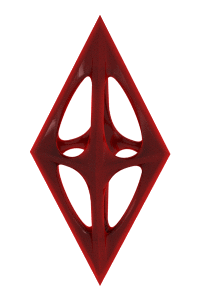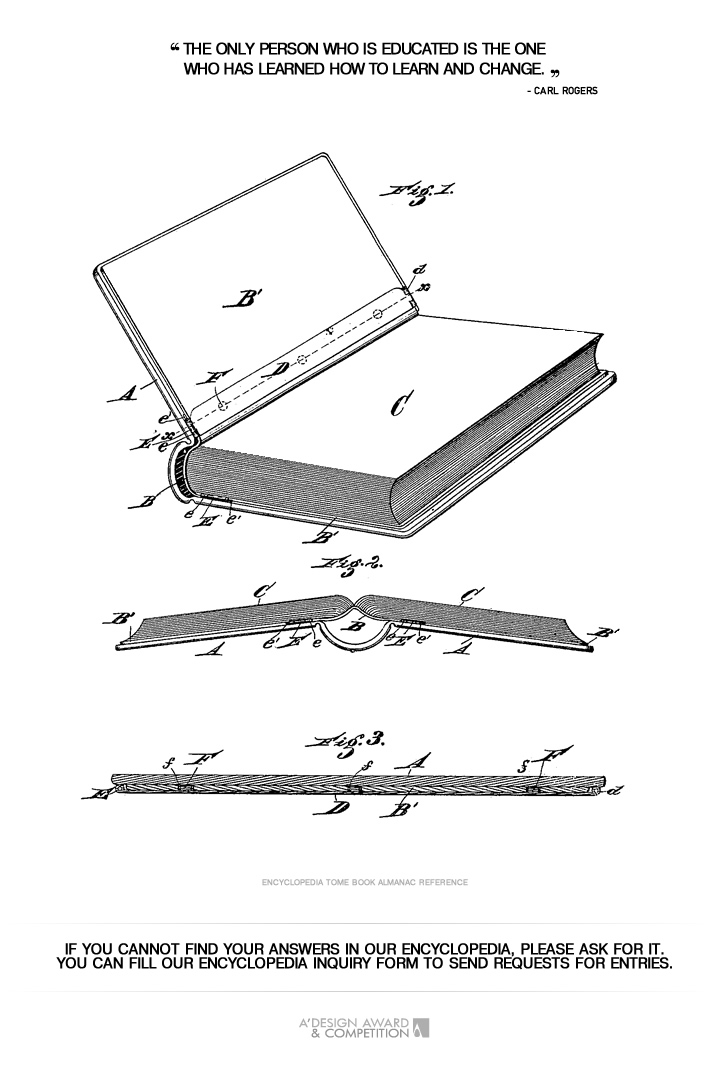
| THE AWARD |
| CATEGORIES |
| REGISTRATION |
| SUBMIT YOUR WORK |
| ENTRY INSTRUCTIONS |
| TERMS & CONDITIONS |
| PUBLICATIONS |
| DATES & FEES |
| METHODOLOGY |
| CONTACT |
| WINNERS |
| PRESS ROOM |
| GET INVOLVED |
| DESIGN PRIZE |
| DESIGN STORE |
| THE AWARD | JURY | CATEGORIES | REGISTRATION | PRESS | WINNERS | PUBLICATIONS | ENTRY INSTRUCTIONS |
Romanian Art - Entry #243151 |
Home > Design Encyclopedia > 243151 |
 Romanian Art
Romanian Art
The development of art in Romania has been shaped by a variety of historical, social, and technological factors over the centuries. During the Middle Ages, the Orthodox Church was an important source of patronage for religious artworks, which often featured iconographic motifs and a distinctive linear style. The Renaissance and Baroque periods saw the emergence of a more secular approach to art, with the rise of courtly patronage and the introduction of a range of new techniques and materials. During the Romantic period, a renewed interest in the traditional folk art of Romania was evident, with many artists looking to the past for inspiration. During the 20th century, Romania experienced a period of political and social upheaval, with much of the art produced reflecting the tumultuous events of the time. In the latter half of the century, new technologies led to a shift in the way that art was created and experienced, with many Romanian artists embracing digital media and digital art. These are just a few of the key historical, social, and technological influences that have shaped the development of art in Romania.
Author: Veronica Santoro
Keywords: Romanticism, patronage, iconography, linearity, digital.
 Romanian Art
Romanian Art
Romanian art has been shaped by a variety of influences from its multicultural history, from the Byzantine and Ottoman Empires to the Romanians’ own creative contributions. During the Middle Ages, church frescoes, icons and manuscripts were the most common forms of art. In the 17th century, the Baroque style was introduced, with an emphasis on elaborate decoration and ornate subject matter. In the 19th century, the Romantic Movement and the National School of Arts emerged, focusing on the traditional folk art and crafts of the Romanian people. During the 20th century, Romania saw the rise of modernism, with various avant-garde movements such as Constructivism, Surrealism, and Abstraction. These artistic movements sought to challenge the status quo, experimenting with new forms, materials, and techniques. Overall, Romanian art is characterized by a diverse range of styles, movements, and aesthetics, all of which contribute to the unique cultural identity of the country.
Author: Martina Ferrari
Keywords: Folklore, Nationalism, Baroque, Constructivism, Avant-Garde.
 About the Design+Encyclopedia
About the Design+EncyclopediaThe Design+Encyclopedia is a crowd-sourced reference of information on design. Unlike other crowd-sourced publications on design, the Design Encyclopedia is edited and actively monitored and publishing is only possible after review of submitted texts. Furthermore, editors of the Design Encyclopedia are mostly consisting of award winning designers who have proven their expertise in their design respective fields. Information posted at design encyclopedia is copyrighted, you are not granted a right to use the text for any commercial reasons, attribution is required. If you wish to contribute to the design encyclopedia, please first register or login to A' Design Award and then start a new design encyclopedia entry.

If you did not find your answer, please feel free to check the design encyclopedia for more entries. Alternatively, you can register and type your own definition. Learn more about A' Design Award's Design+Encyclopedia.

